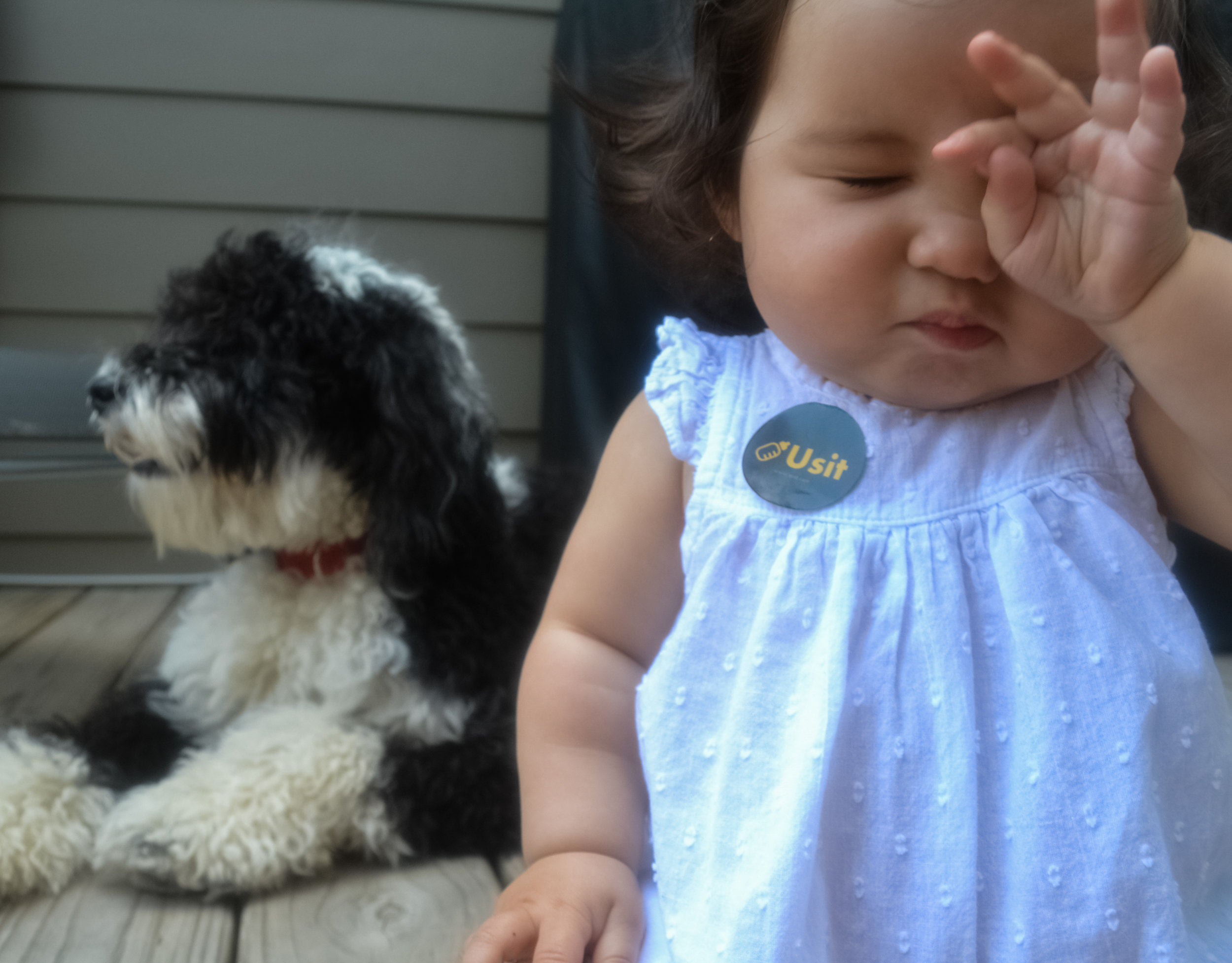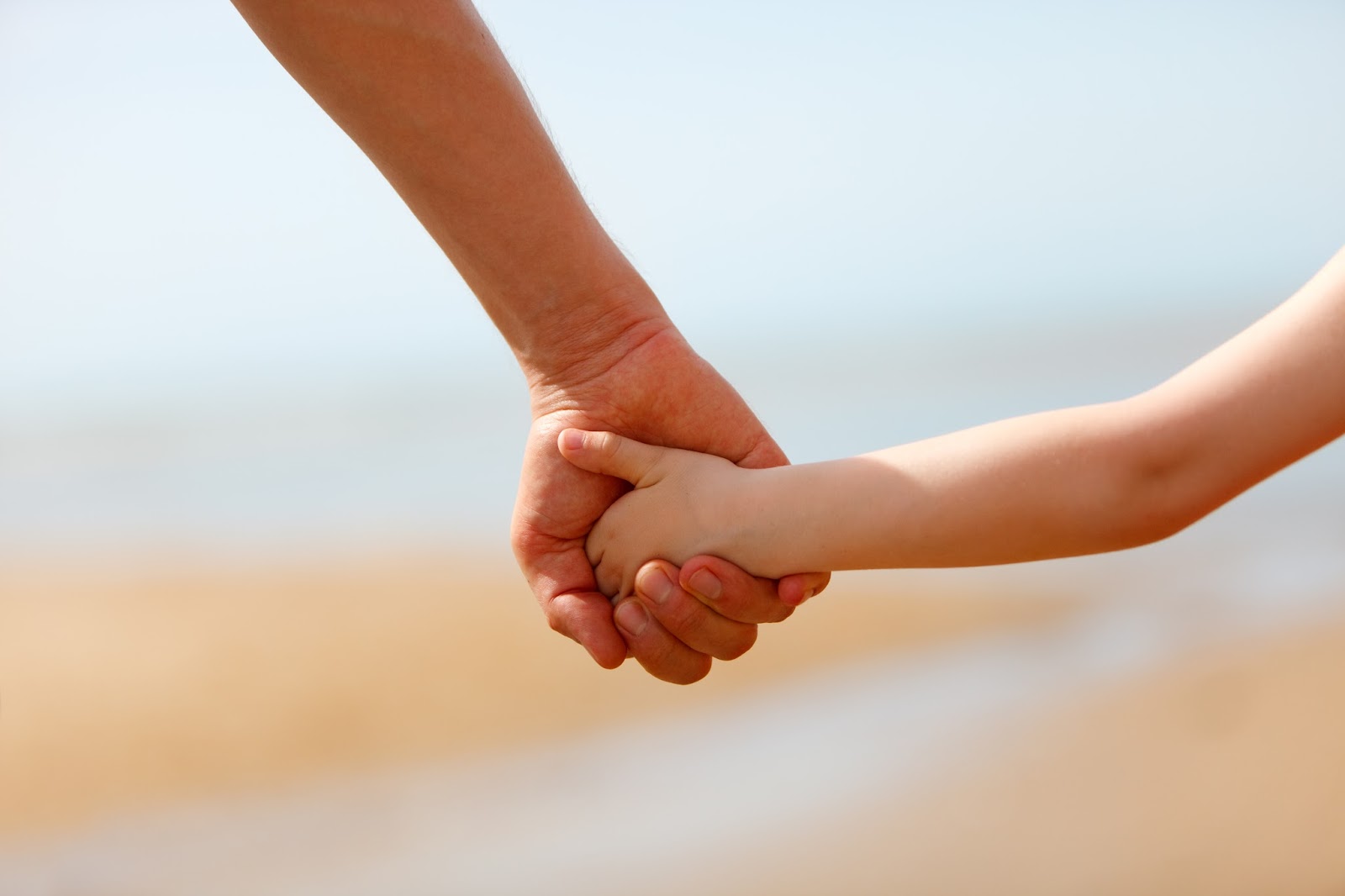Rachel Gordon | twinsietips
1. Stick with a night-time routine
Do what works for you, but try to keep it similar every night. This is what we do:
- Dinner at 5:30pm with the entire family
- Bath around 6:30pm followed by changing into pajamas
- Sippy cup in gliders with mom/dad (previously bottles before 1 one years old)
- Snuggle/read books/play in nursery
- Brush Teeth
- Change into night diapers (yes you need night diapers they are good for 12 hours) to prevent wetting the bed overnight. These are my favorite.
- Tuck into bed. I like to use this wearable blanket because I think they associate it with sleep/bedtime routine--- note this one has a two-way zipper which is so much easier. Also remember there should be nothing in the crib before one (no blankets, stuffed animals, etc.), so this is a safe option to keep baby warm and snuggly. For little babies (under 3 months and if they are not rolling on their own), I recommend a swaddle. I like this one because it is hard for them to break out of it.
2. Always put baby into bed tired but not sleeping
Do not rock your child to sleep. If your baby falls asleep in your arms and then you place them in the crib if they wake up in the middle of the night they will be terrified because you are not there (remember they fell asleep with you there). Additionally, it is good for children to learn how to fall asleep without needing to be rocked to sleep. *Note, always put baby down on their back-- if they can roll over themselves that is fine, but still put them down on their back.
3. Consider a white noise machine
I like this one. This goes back to a bedtime routine. They associate the noise with sleep. Only use the white noise setting and turn it on once your child is in their crib. Then turn off the lights.
4. Nap time is so important
A tired baby does not mean they will sleep better at night. In fact, studies have proven the opposite is actually true. Additionally, appropriate sleep promotes intelligence, attention span, emotional development, memory, and more. Including naps here are the following guidelines for sleep recommended by American Academy of Sleep Medicine (backed by American Academy of Pediatrics):
- 4-12 month-olds need 12-16 hours of sleep total every 24 hours
- 1-2 year-olds need 11-14 hours of sleep every 24 hours
- 3-5 year-olds need 10-13 hours of sleep every 24 hours
- 6-12 year-olds need 9-12 hours of sleep every 24 hours
5. No screen time for at least 30 min before bed
This is true for any age-- kids or adults. Studies have shown that screen time is bad for sleep hygiene, so its good to promote good sleep habits starting at an early age.
Rachel Gordon
Rachel is a mama to two beautiful identical twin girls, Izzy and Maddy, and lives in Atlanta with her husband, girls, and cute little pup. Rachel graduated with honors from New York University earning a Bachelor of Science in Nursing degree and the Founders' Day Scholar Award. She also received her Masters of Science in Nursing degree from New York University. Rachel has spent the majority of her career as a pediatric nurse and currently works in pediatric oncology. She also has a blog, www.twinsietips.com that focuses on tips for new parents.







